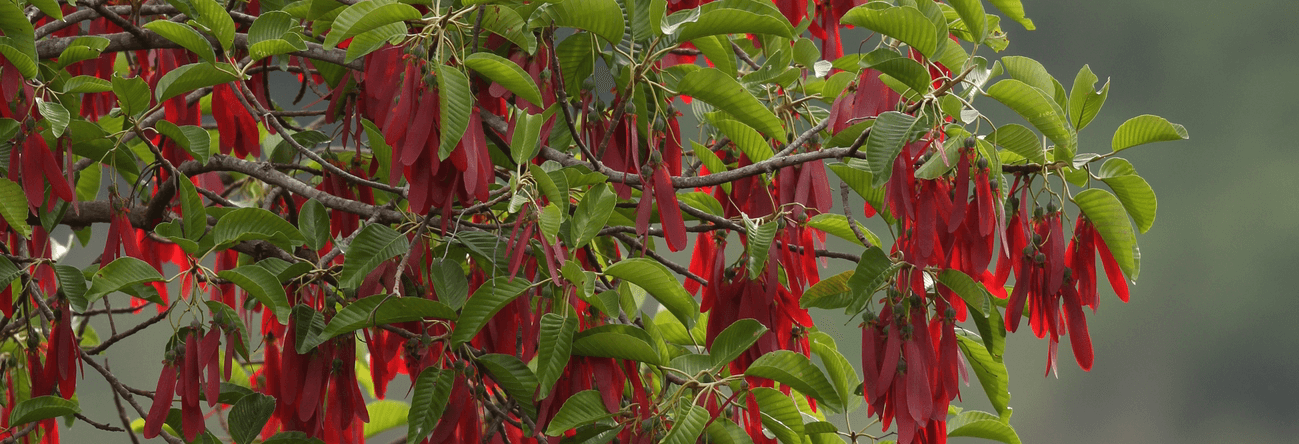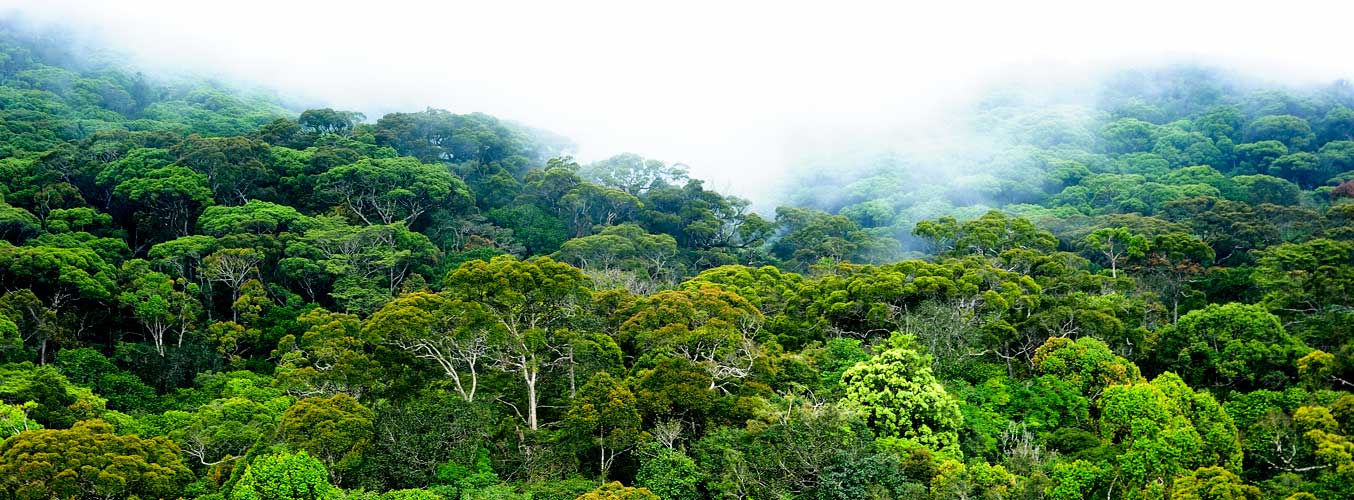A Natural Treasure of Sri Lanka
History
The Sinharaja Rainforest has a long history that dates back to the time of the Sinhalese kingdom, which ruled over Sri Lanka from the 5th century BC until the 13th century AD. The forest was declared a Crown Property by the British colonial government in the 19th century, and was later designated as a forest reserve in 1875. It was recognized as a biosphere reserve by UNESCO in 1978 and was declared a World Heritage Site in 1988.
Geography and Climate
The Sinharaja Rainforest is located at an altitude of 300-1,170 meters above sea level, and is characterized by steep hills, ridges, and valleys. The forest receives an average annual rainfall of 3,500-6,000 mm, which is spread out over two monsoon seasons. The southwest monsoon, which occurs from May to September, brings heavy rain to the region, while the northeast monsoon, which occurs from November to January, brings lighter rain.
Flora
Sinharaja Rainforest is home to a diverse array of flora, with over 830 species of trees, plants, and flowers. Of these, approximately 60% are endemic to Sri Lanka, which means they cannot be found anywhere else in the world. The forest is also home to a number of rare and endangered species, including the Hora (Dipterocarpus zeylanicus), which is one of the tallest trees in the forest, reaching heights of up to 50 meters.
Another important tree species found in the forest is the Nedun (Pericopsis mooniana), which is prized for its valuable timber. Other notable species include the Kaluwara (Diospyros ebenum), which produces ebony wood, and the Kekuna (Stemonoporus canaliculatus), which is used for medicinal purposes.
The forest floor is covered in a thick layer of leaf litter, which supports a variety of small plants and fungi. The forest is also home to a number of endemic orchid species, including the Sri Lankan Tree Orchid (Dendrobium macrophyllum) and the Purple Orchid (Vanda tessellata).
Fauna
The Sinharaja Rainforest is home to a diverse array of fauna, with over 147 species of birds, 42 species of mammals, 22 species of reptiles, and 14 species of amphibians. Of these, approximately 50% are endemic to Sri Lanka.
The forest is particularly important for its birdlife, with many rare and endangered species found within its boundaries. Some of the most notable bird species include the Sri Lankan Blue Magpie (Urocissa ornata), the Sri Lanka Spurfowl (Galloperdix bicalcarata), and the Sri Lanka Wood Pigeon (Columba torringtoni). The forest is also home to a number of endemic mammals, including the Purple-faced Langur (Semnopithecus vetulus), the Rusty-spotted Cat (Prionailurus rubiginosus), and the Sri Lankan Leopard (Panther)
Sinharaja Rainforest is a unique and important natural treasure of Sri Lanka, with its rich flora and fauna, including many endemic species. However, the forest is also facing a number of threats, including deforestation, habitat destruction, and encroachment by human activities. It is important that we take steps to protect and preserve this valuable ecosystem for future generations to come.







Post a Comment